MileValue is part of an affiliate sales network and receives compensation for sending traffic to partner sites, such as CreditCards.com. This compensation may impact how and where links appear on this site. This site does not include all financial companies or all available financial offers. Terms apply to American Express benefits and offers. Enrollment may be required for select American Express benefits and offers. Visit americanexpress.com to learn more.
Note: Some of the offers mentioned below may have changed or are no longer be available. You can view current offers here. All values of Membership Rewards are assigned based on the assumption, experience and opinions of the MileValue team and represent an estimate and not an actual value of points. Estimated value is not a fixed value and may not be the typical value enjoyed by card members.
Part 1 focused on Buenos Aires. Part 2 will focus on three days in two other places: Iguazu Falls and Tigre. (Also check out a Trip Report on the Lake District of Patagonia.)
Lots of photos after the jump.
Iguazú Falls
The highlight of the week was our big trip outside of Buenos Aires to the Argentine side of Iguazú Falls. Without a doubt, this is the most incredible place I have ever been. No wonder it was named one of the New7Wonders of Nature!
The falls are located in the Iguazú National Park. The park is neat by itself, with long trails winding from fall to fall, a train that will take you through the park, many opportunities for wildlife spotting, and museums detailing the history of the native Guarani people and the rainforest.
There are three main paths to take through the park, along with a number of smaller ones. The first main path takes you along the top of the falls, where you can see a number of falls from above.
The second path takes you on a lower route, with viewing areas so close to the water that you get absolutely soaked.

The third path takes you on a train and across a series of bridges to the Garganta del Diablo (Devil’s Throat) waterfall. At 82 meters high, this fall is the diamond of the park. The spray of the falls is so intense that you can’t even see where the water hits the river below!
Words can not describe how incredible and breathtaking the falls and Iguazú National Park are–but a picture is worth a thousand words, right?
One of the best decisions we made was to pay $40* per person for a tour that takes you in a boat right up to the base of the falls. This was an unreal experience!
The noise of the water, the spray drenching your whole body, and the excitement of being in the waterfall combine to create an experience none of us will soon forget.
We spent a day and a half in the National Park. I think that either a day and a half or two full days is the perfect amount of time to spend in the park–you really don’t need any more time. On the first day, tickets cost $20, and at the end of the day, you can take your ticket to the ticket window to have it registered for a 50% discount on second day admission.
In Puerto Iguazú, we stayed at the Marcopolo Inn, a Hosteling International hostel that is the sister hostel to the one we stayed at in Bariloche. It was $11 per person in a dorm-style room. The hostel layout is great, with a large outdoor kitchen, a pool, and a full bar. It reminded me of summer camp for adults! The beds were clean but the bathrooms, specifically the showers, could have used some work. The front desk was able to arrange for a taxi to pick us up in the morning, take us to the falls, and bring us back to the hostel at the end of the day. This round trip service cost $23 total.
Güira Oga
As incredible as the falls are, there are other things to do in Puerto Iguazú. The best one, in my opinion, is the Güira Oga animal rehabilitation center. Located on the highway between the town of Puerto Iguazú and the falls, the center exists to rehabilitate animals that have been injured in the wild or rescued from exotic animal dealers or misguided families. They have an incredible collection of animals, many of which will be freed back in to the wild once they are ready. The center does tours in both English and Spanish–they only run a few a day, so make sure to check the times that they begin before going. The tour was a blast, letting us see the animals that live around the falls but don’t always like to show their faces. Watch out for the monkeys–they act all adorable and will entertain you while right up against the fence, and then try to steal your camera/phone when you take a picture! Tours run $9 pesos for an hour and a half.
Hito Tres Fronteras (Tri-Border)
If you have a free hour while in Puerto Iguazú, head down to Hito Tres Fronteras, the tri-border area where Argentina, Brazil, and Paraguay meet at the intersection of the Iguazú and Paraná rivers. Each country has constructed an obelisk on their side of the border, painted with the colors of its flag.
Day Trip: Tigre Delta
We decided to spend my sister’s last full day here taking a day trip north to the Tigre Delta. Tigre is a great trip for those who want to get away from the city for a little, as well as those who enjoy adorable and interesting towns. We took the hour and a half Mitre train up the coast in the late morning, and spent the day exploring the area.
If you visit the Tigre Delta, you absolutely have to take a boat tour of the islands. There are stands lining the river walk that offer these hour long tours for anywhere from $6-10 per person. Without this hour long tour, we would not have seen what makes the area so incredible–the dozens of islands and houses that line the shores, connected to the mainland only by the little boats that are docked in front of every residence.
Additionally, there are a number of rowing clubs, each of which have a clubhouse on the mainland as well as a country club-style property on the islands. The vibe from the water was very South America-meets-Cape Cod, with a palpable preppy feeling.
The Puerto de Frutos is an area in Tigre where the docks are lines with vendors selling crafts, wood carvings, wicker baskets and furniture, and other artisanal goods and knickknacks.
We got a bit of a late start heading up to Tigre, so we missed out on visiting all of the museums scattered across the area–most notably, the Tigre Art Museum, the Museum of Mate, and the Naval Museum. We set out to explore the museums around 5:30PM, and most of them close around 6:00. They do seem worthy of a visit, given the time.
Luckily, we were headed to the museums along the river right at sunset, which made for a pretty spectacular photo op.
Recap
The total cost of my sister’s trip was roughly $650:
- Plane ticket from LAX-EZE purchased with United miles + $84.50 in taxes and fees
- $160 reciprocity (entry) fee
- 20k Delta miles + $12 from Buenos Aires to Iguazú roundtrip
- $400 in expenses, including food, drinks, tours at the falls, a two night stay at a hostel, a futbol game, and our trip to the Tigre Delta.
Not to bad for an eight day trip to another continent!
Given more time…
There are hundreds of other things to do while in Argentina. A few of the things we discussed doing, but unfortunately were unable to, are:
- Take a trip to Uruguay. Visiting Uruguay is a breeze when you are in Buenos Aires. There are boats that depart multiple times a day from Puerto Madero to take you to Colonia del Sacramento, Uraguay. You can do Colonia in a day or continue on to Montevideo. Additionally, you can take a boat from Tigre to Colonia as well.
- Have tea at the Alvear Palace. The Alvear Palace hotel in Recoleta is the nicest place to stay in Buenos Aires. For those who want the experience, without the price of a night’s stay, they offer a full tea every day of the week. Tea costs about $35 pesos for two people.
- Watch (or learn!) tango. Need I say more about tango in Buenos Aires? There are milongas, or tango houses, across the city where you can watch and dance tango. You can also go to a tango show designed specifically for tourists and those who want to learn the dance. Either way, it is hard to visit this city without experiencing the fiery tradition.
- Have dinner at a closed door restaurant. Buenos Aires has seen a surge in these types of restaurants in the past few years. Some of them are pop-ups, where a chef takes over the kitchen of another restaurant for a night, while others are pretty much someone cooking you dinner in their home that has been converted into a restaurant for the night.
*All prices were in Argentine pesos, but that currency is–let’s say–confusing, so they’ve been converted to USD.


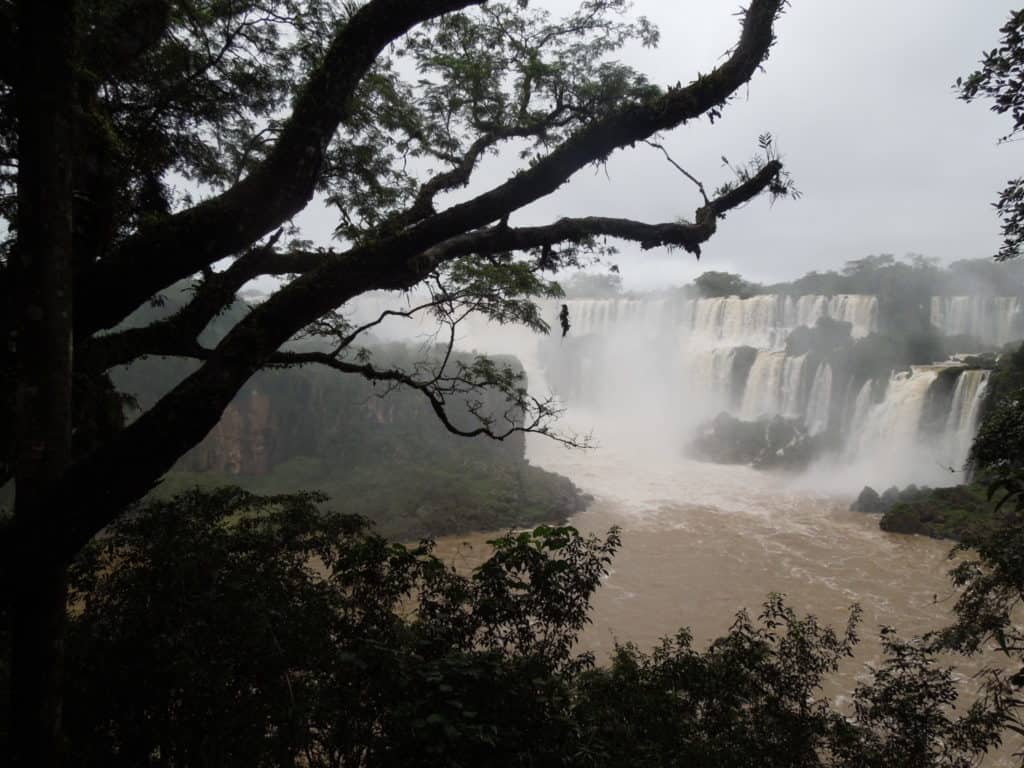
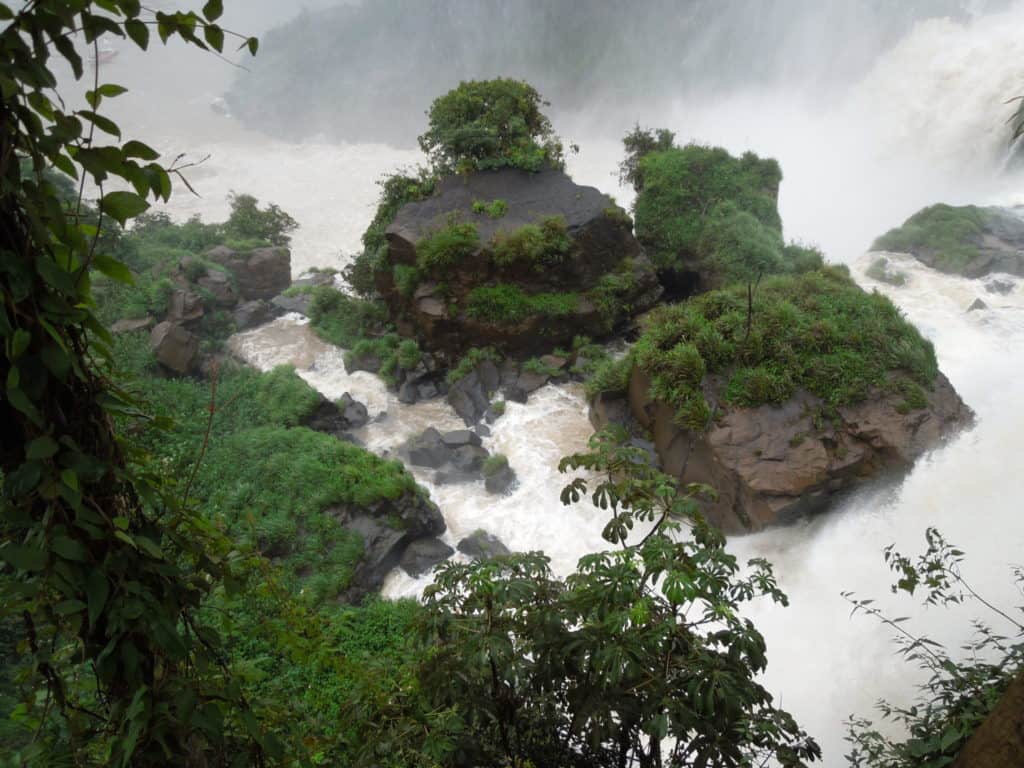

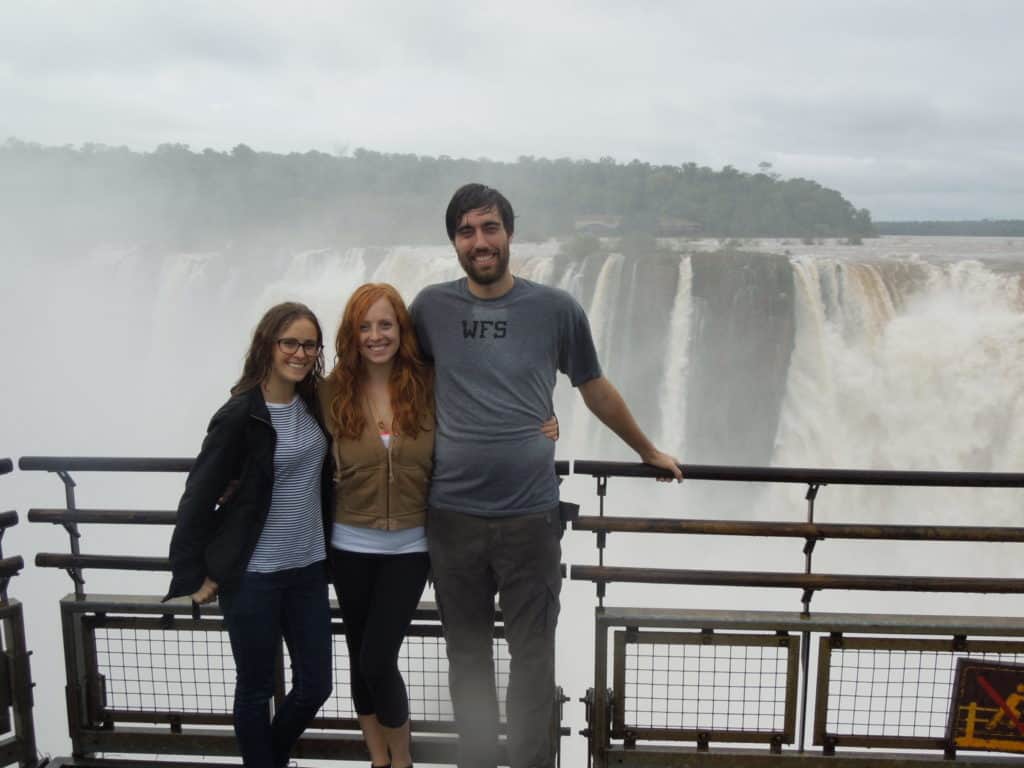
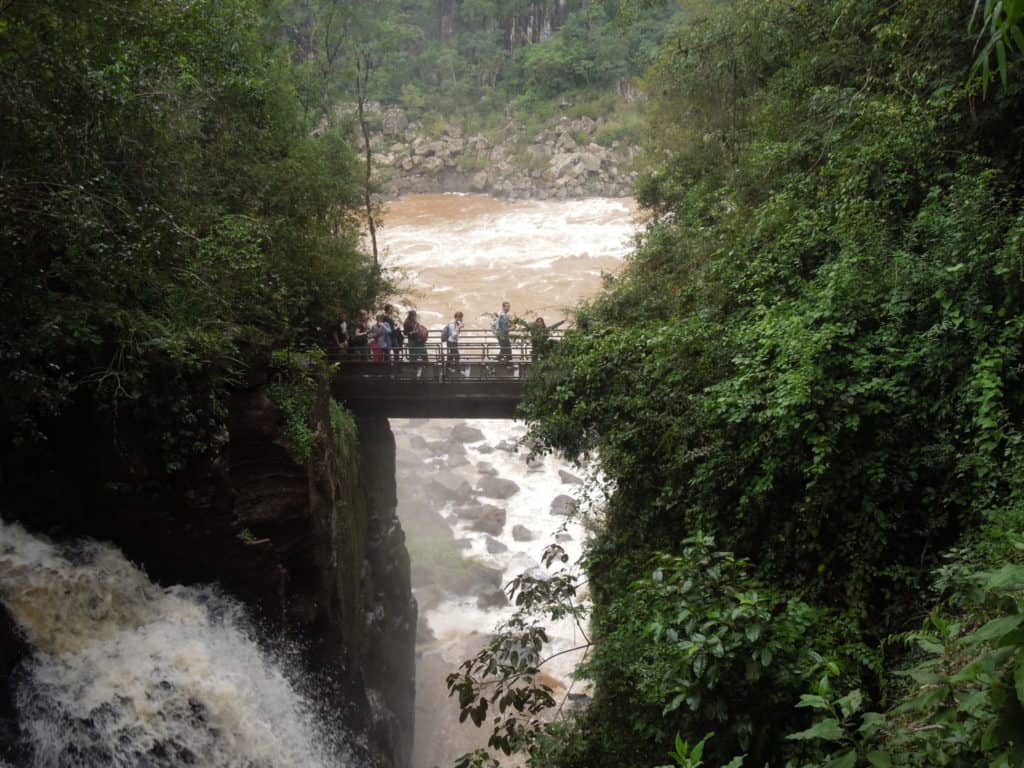
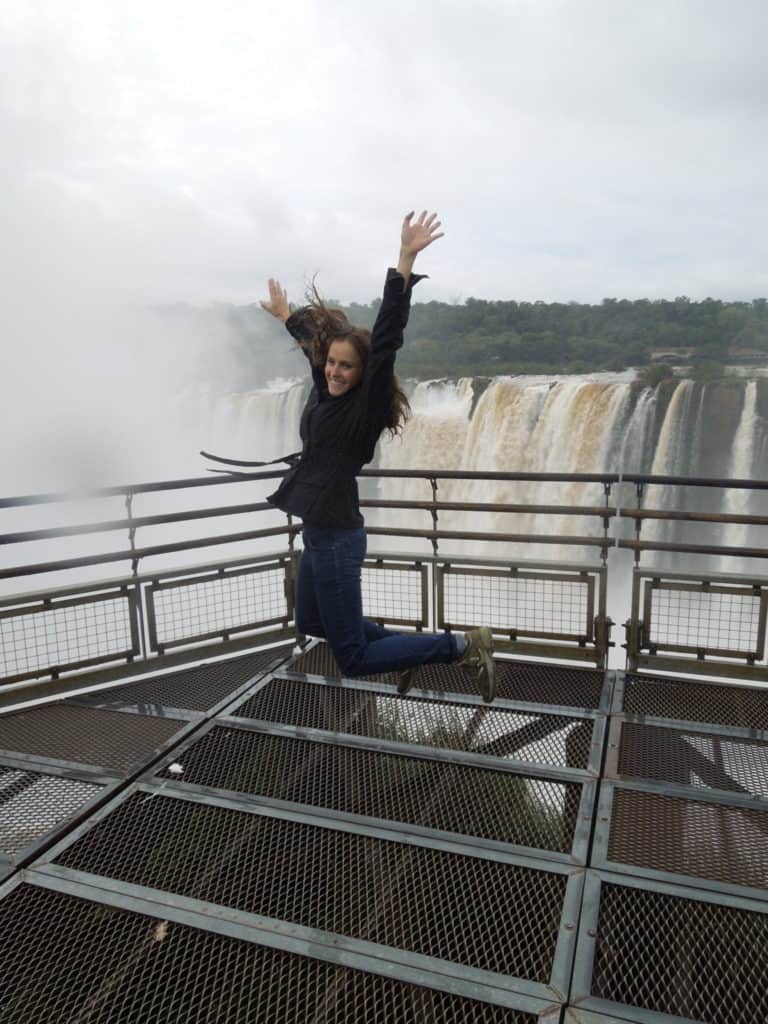
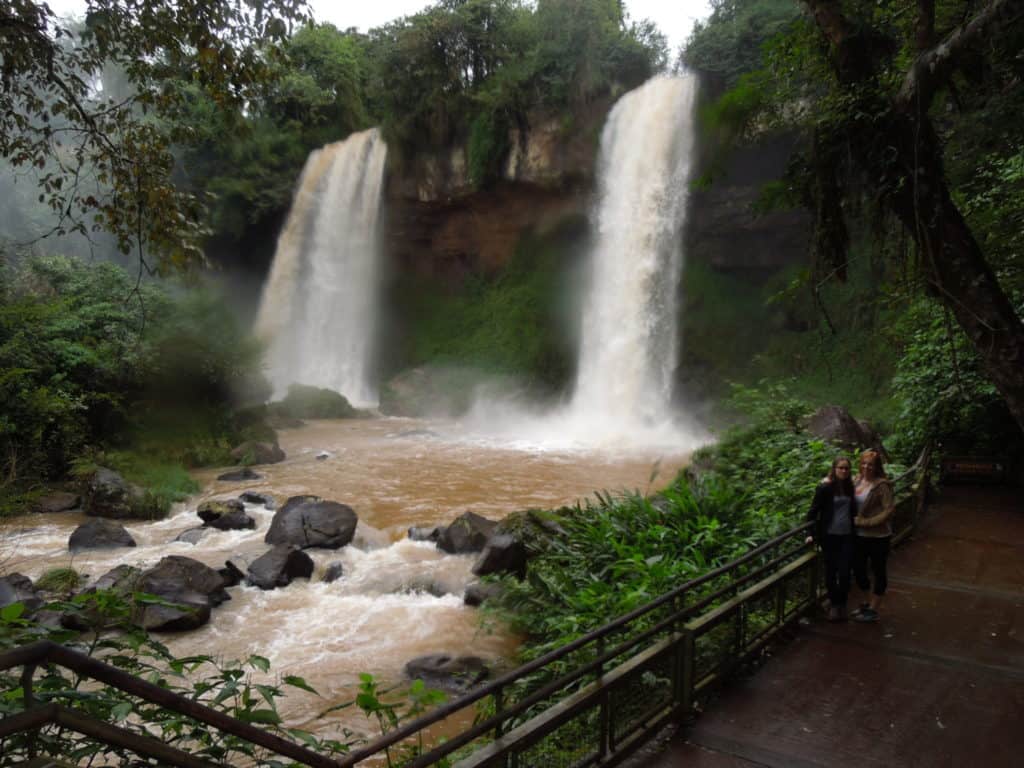
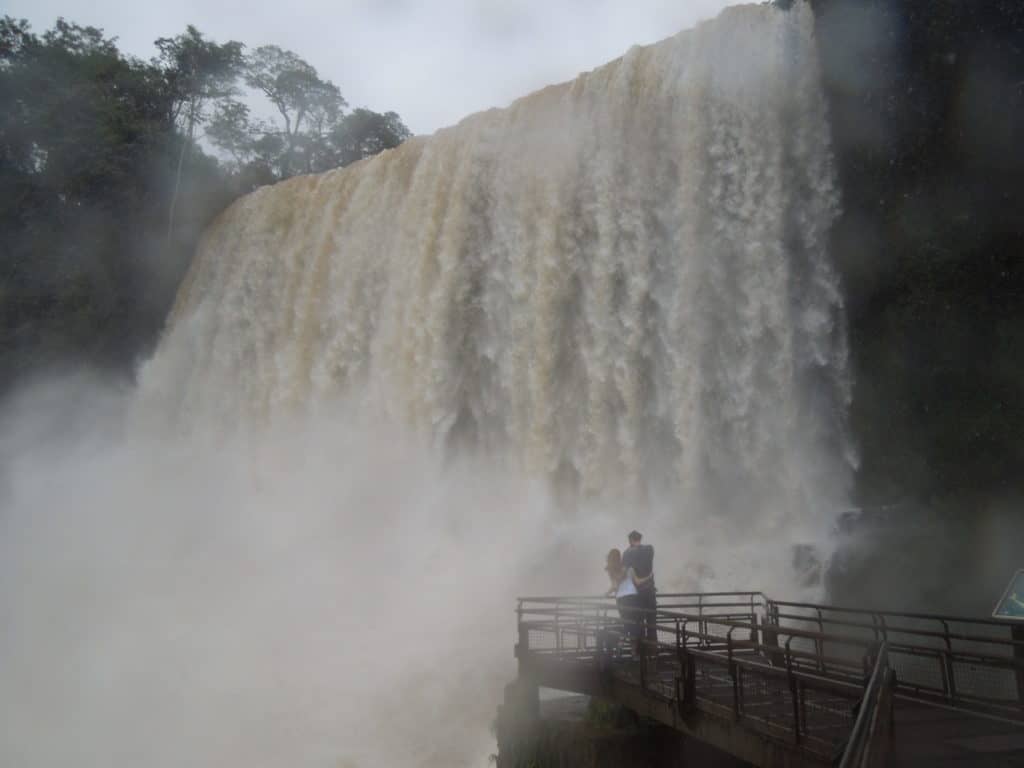
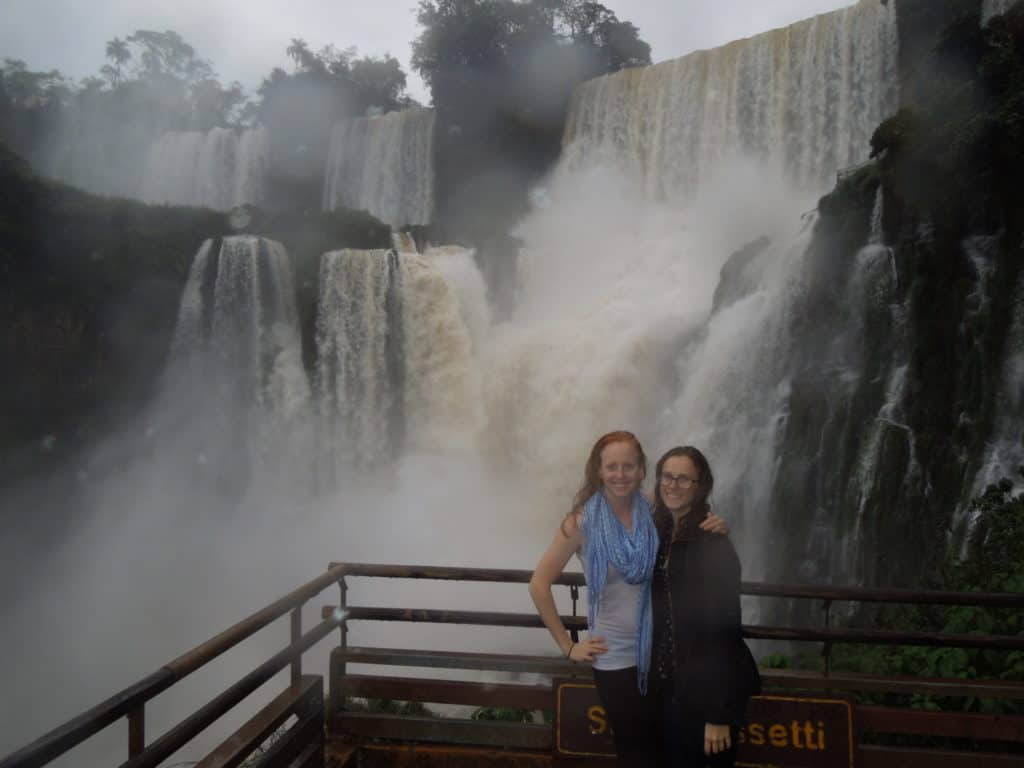
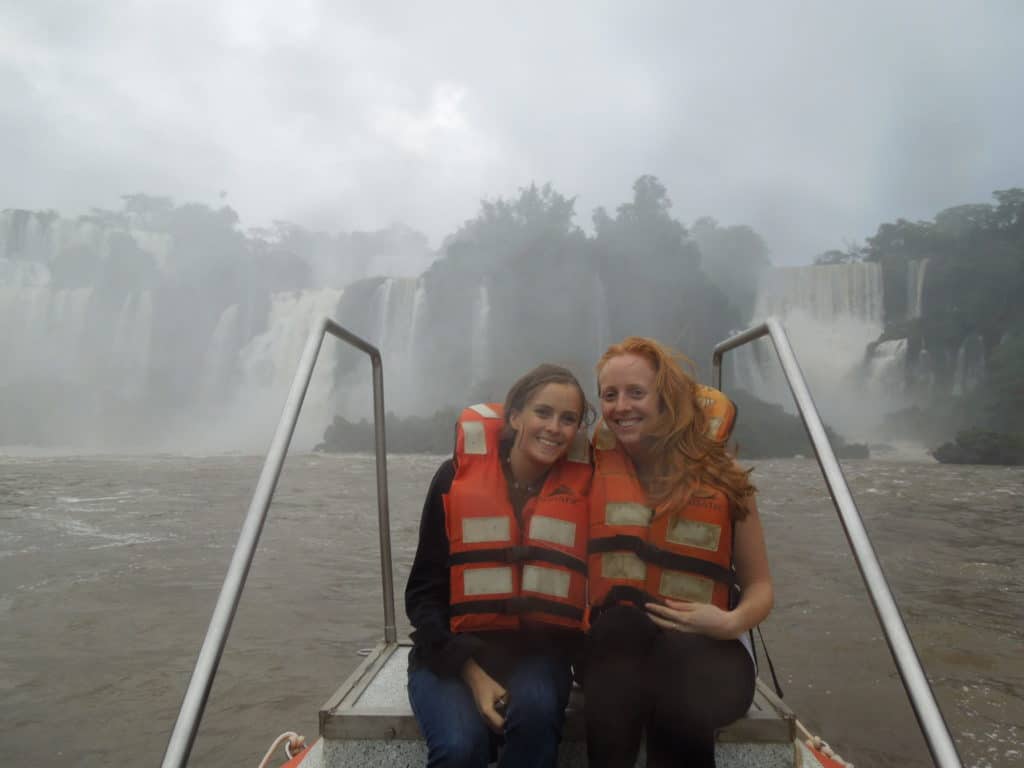

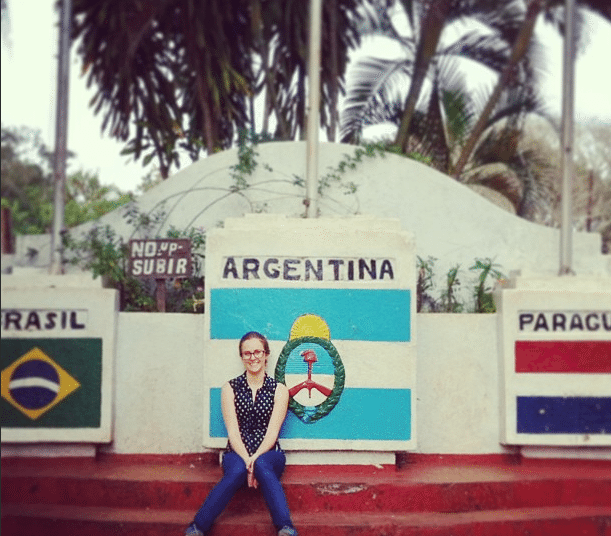
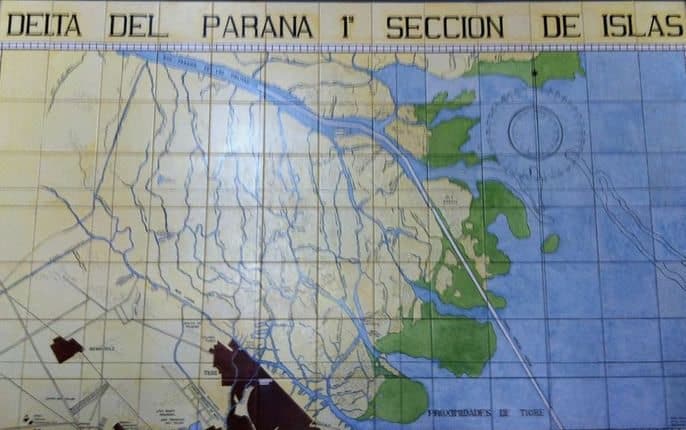
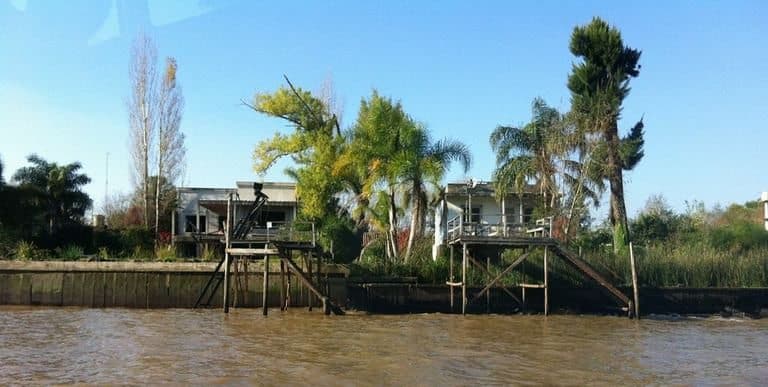
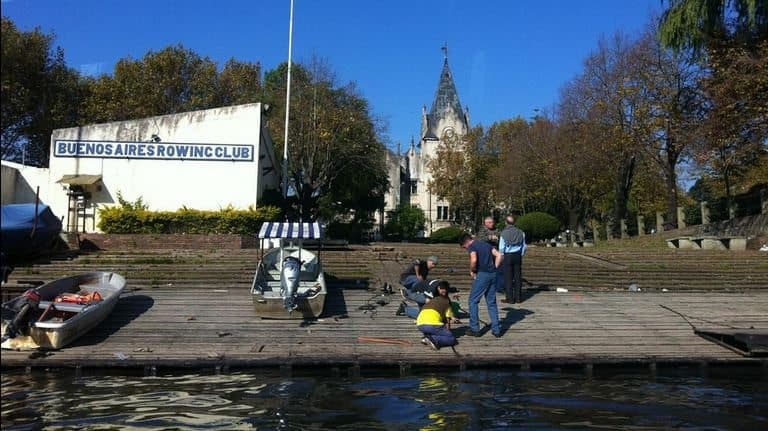
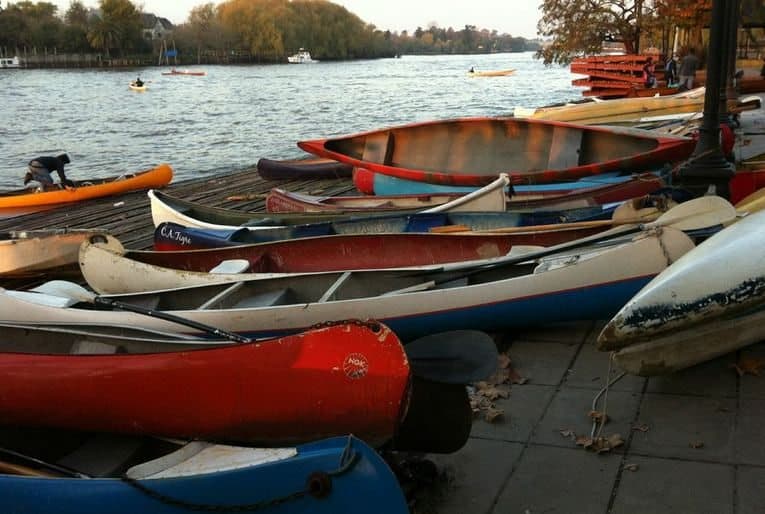
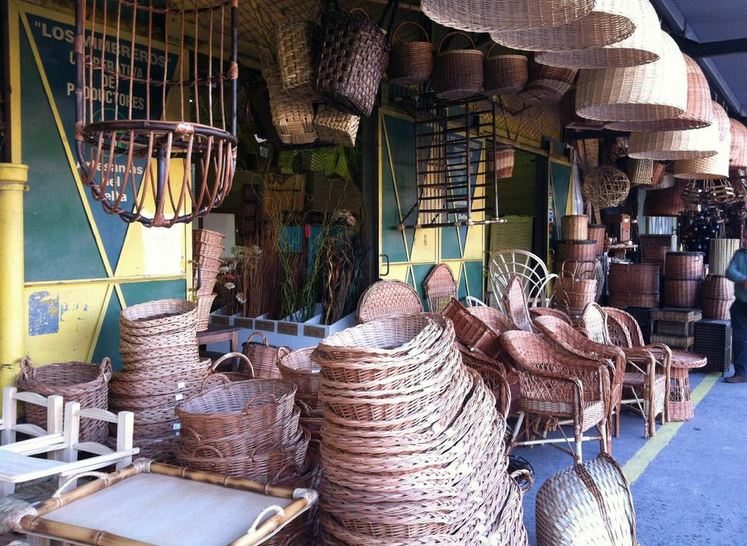
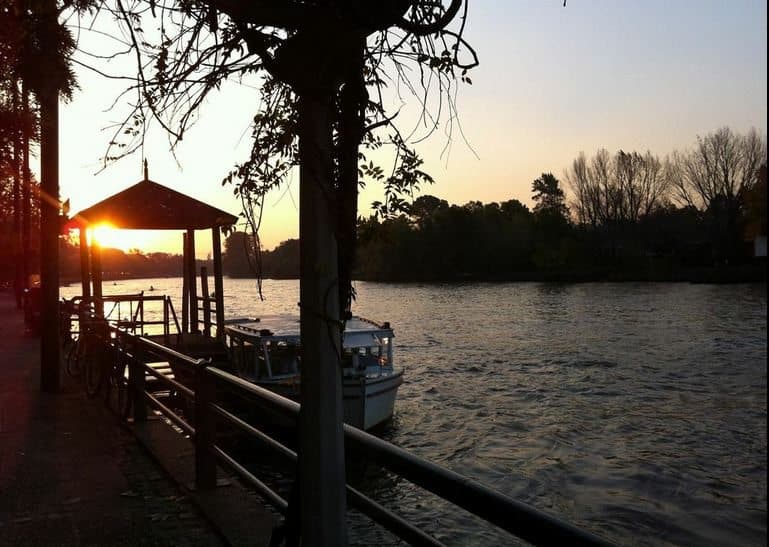
nice ! how many days you spent at the falls .. i will be visiting next month .. and i just have 1.5 days , will be staying at the sheraton .
also curious why u choose the hostel over sheraton
1.5 days is plenty of time to explore the National Park. We stayed at the hostel over the Sheraton because it is cheaper and gave us the opportunity to meet some other people passing through the area.
I think it’s good for you to note in these Argentina trip reports that US visitors now must pay for their Argentine tourist visa in advance and online, prior to the trip. You do so through the Argentina embassy website, then print out your payment receipt to show at customs upon arrival. This method of handling the reciprocity fee tourist visa only changed a few months ago, so you and your sister may not have experienced this.
It’s well worth seeing both the Argentina and Brazil sides of the falls – the views and experiences are very different. And there’s a fabulous bird park, and a hydroelectric dam tour, on the Brazil side.
Is there an option with Avios for Buenos Aires to Iguazu?
nevermind, just found the answer under your LAN section
Thank you so much for this report! We are planning a cruise that begins in Buenos Aires next year, and we were contemplating taking the 1-day ship’s excursion to Iguazu Falls. After reading this, we will come in a week early and do many of the things Alli suggested. Thank you again! Milevalue I find your blog to be the most useful one out there!
I’ll be traveling to Iguazu with my mom for two days at the beginning of August. Would you recommend a private room at the Marco Polo? Or after staying there, would you say it’s better to book someplace else? Any recommendations? I’m thinking a big advantage of the hostels are easy access to tourist information and tours.
Also, how easy is it to cross over to the Brazilian side? I already have a Brazilian visa?
Thanks. Great blog!